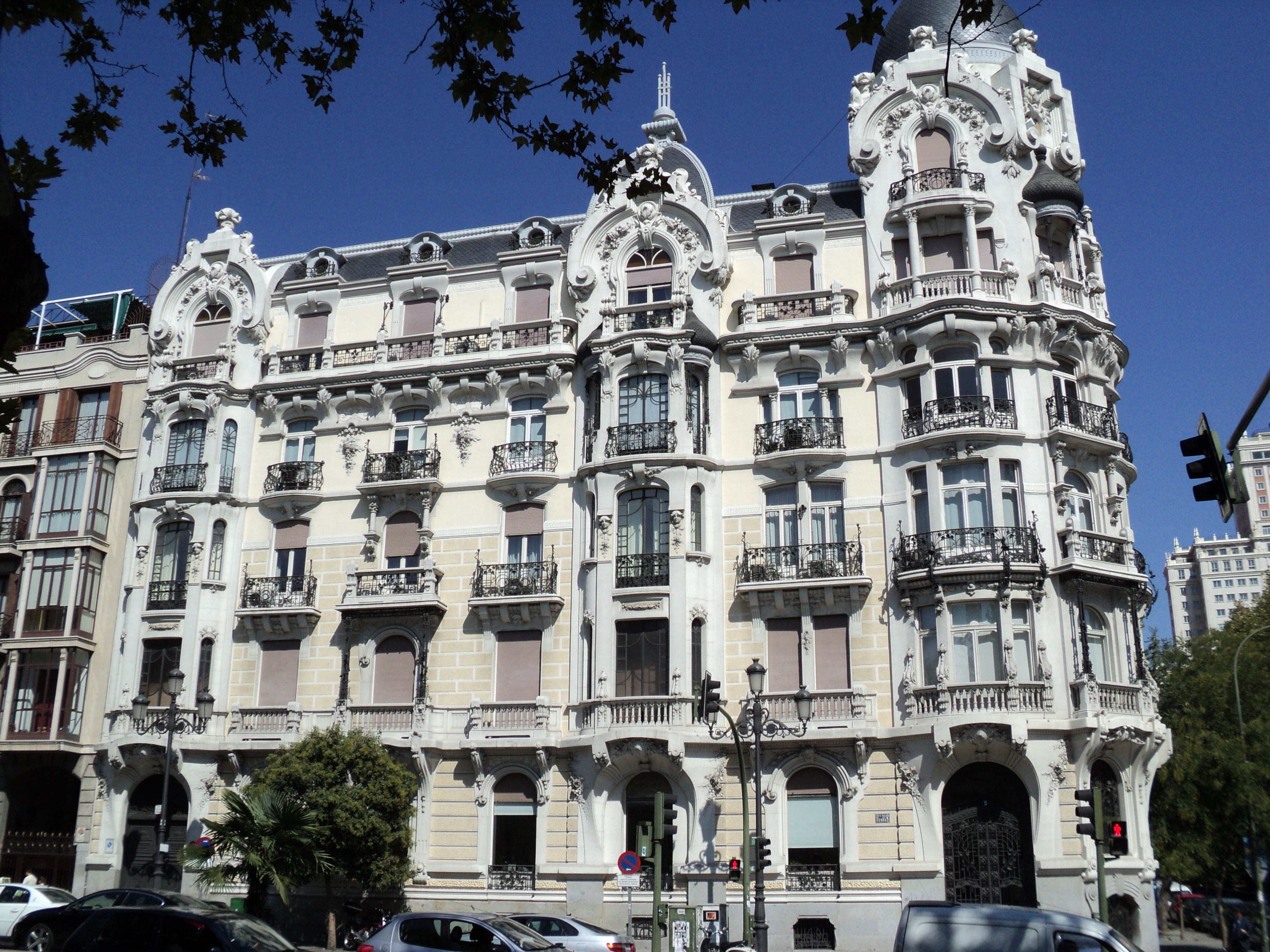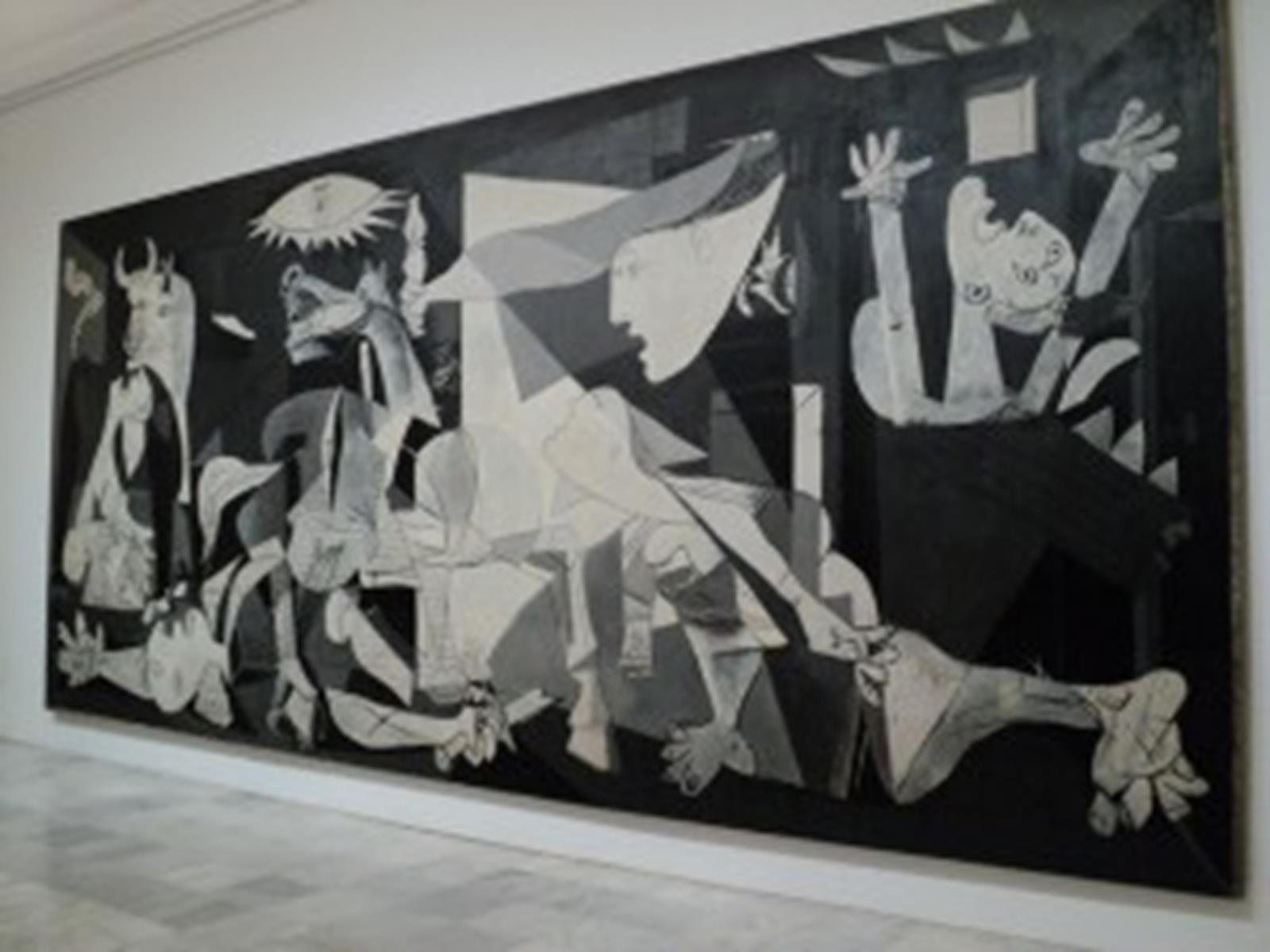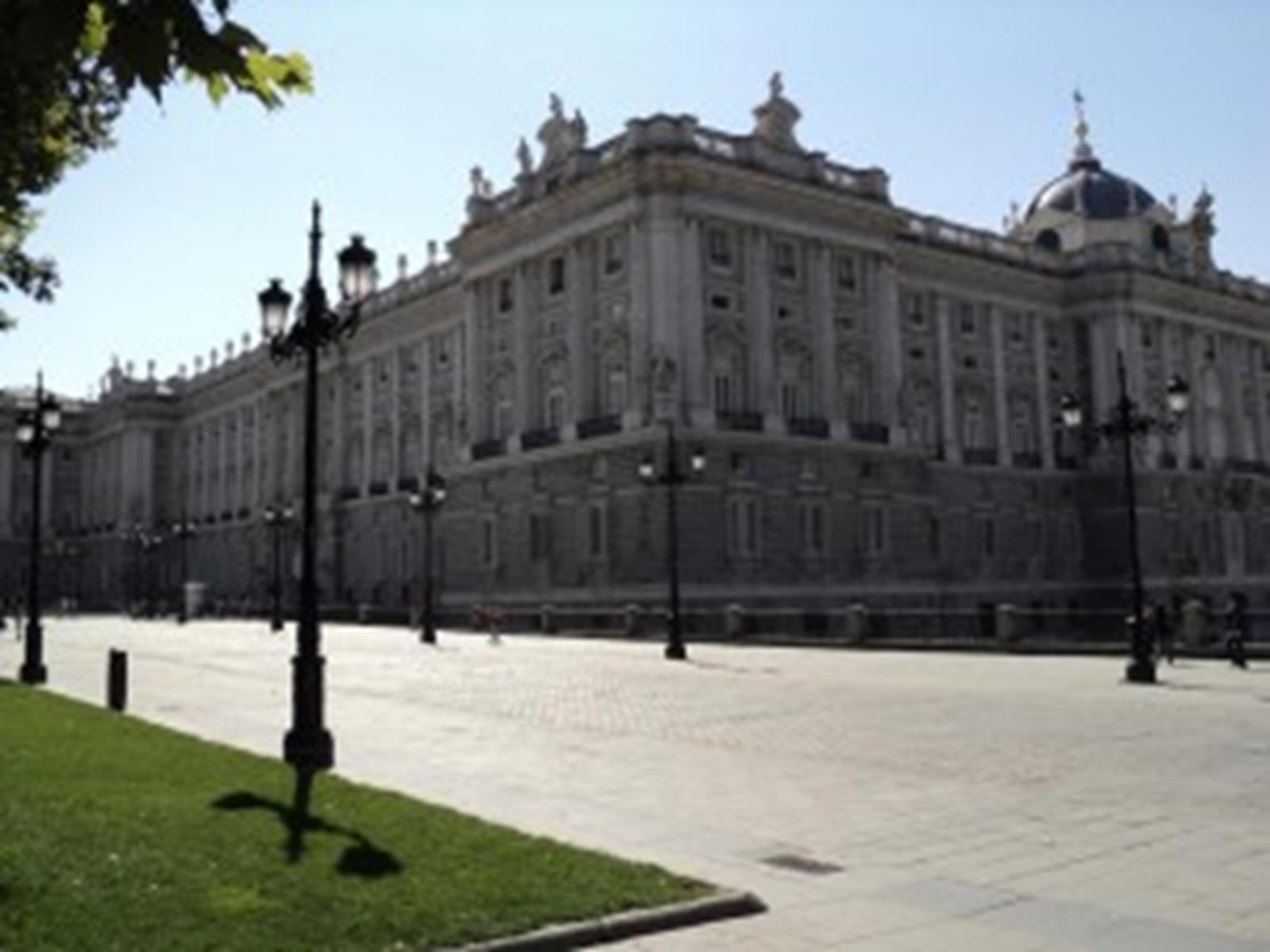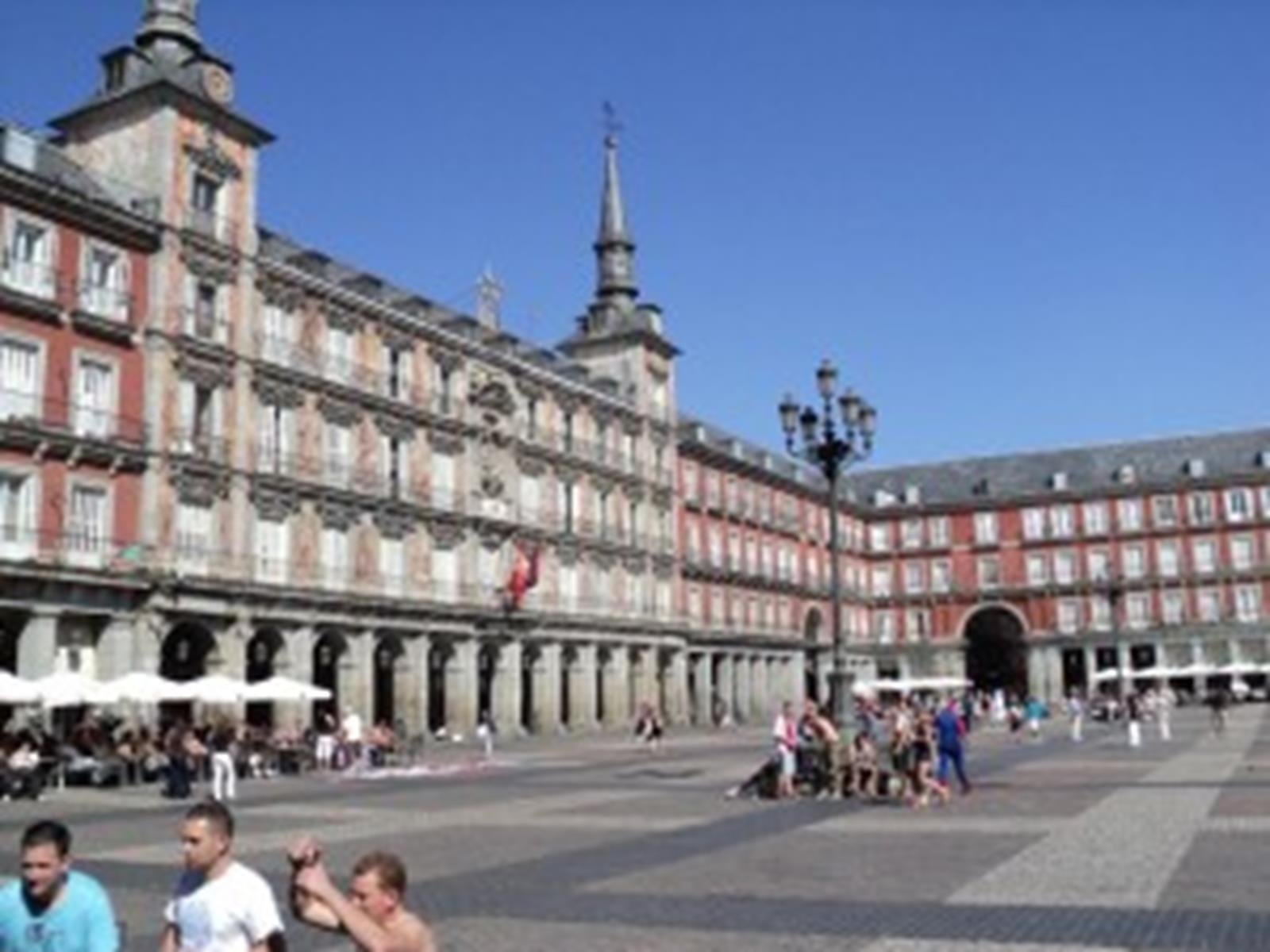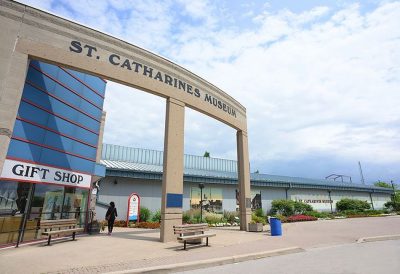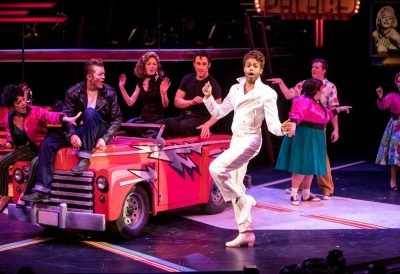If Barcelona is the soul of Spain, then Madrid is the heart. Its main thoroughfares pulse with traffic, vehicular and pedestrian alike. The city radiates a persistent, enveloping energy that knows not the chime of the clock. Vibrant, cosmopolitan and stylish, the seat of power in Spain can easily satiate the more voracious seekers of both modern and ancient culture.
Although the history of Madrid can be traced back over two millennia, the city’s rise to prominence did not begin until it was declared the capital of Spain in 1561 C.E. Since that time, Madrid has grown into an economic and political powerhouse, securing its place among the great capital cities of Europe.
Day 1: Museums
Madrid houses the artistic legacy of one of the largest empires ever seen on the planet in some of the most renowned museums in the world. Even for those not interested in art, walking the halls of these hallowed structures will impress upon you a feeling of respect and awe.
For the art marathoner looking to test their endurance, I suggest the following full day:
Hop on the L1 Metro and exit at the Atocha station. This will put you at the beginning of the Paseo del Prado and about 300 meters from your first stop, the Centro de Arte Reina Sofia. This museum of modern art was once a hospital, and its austere yet elegant salons display an impressive and varied collection. The prize piece is, of course, Picasso’s Guernica, which depicts the horror inflicted by the Nazi bombing of Gernika in 1937, during the Spanish civil war.
Heading up the Paseo del Prado about 250 meters you will come upon your next destination, the CaixaForum. This relatively new arrival has solidified its place among Madrid’s great art institutions by exhibiting an extensive collection of contemporary and ancient art.
Just across the street from the CaixaForum you will run into one of the greatest museums in the world, El Prado. Proudly presenting the largest collections of Goya and Velazquez, it also is home to The Three Graces by Rubens, The Garden of Earthly Delights by Bosch and Fra Angelico’s The Annunciation, to name but a few. Its brethren include the likes of the Louvre in Paris and the Uffizi in Florence, and to visit Madrid and not enter this venerated institution of art would be a regrettable and avoidable tragedy.
By now you are likely to be hungry, so while you are in the area, I would suggest grabbing some tapas at one of the many establishments lining the Paseo; or if you’re looking for a bit of an escape from the crowds, head into the botanical gardens abutting the museum.
Rested and reenergized, you can head on to your ultimate stop, the Museo de Thyssen-Bornemisza. Oft described as having “minor works from major artists and major works from minor artists,” the Thyssen-Bornemisza more than adequately covers nearly every important movement during the evolution of Western art from the 13th to 20th century.
If you are a little burned out on art and still have some time and energy left, just up the street resides the Museo Naval (Naval Museum). This moderate- sized museum contains a multitude of detailed ship models following the evolution of the Spanish navy from its inception to present day. Also on display is an amazing collection of beautiful naval swords and other personal armaments carried by officers throughout the centuries, as well as a lovely full-scale recreation of the wardroom of a 17th century Spanish frigate.
Group Tip: Many of the museums offer discounts for groups if booked in advance. There is also the Paseo del Arte (The art walk) which provides you entrance into the Prado, Reina Sofia and Thyssen-Bornemisza for under 20 euros.
Continuing on a little bit further will put you in Plaza de la Cibeles, where you can snap a few pictures of the gorgeous Palacio de Comunicaciones then grab the nearby Banco de Espana Metro stop back to your home base for some deserved rest.
Day 2: Stretching your Legs
If you spent the previous day going from museum to museum, then I recommend getting outside and seeing some of the city. I found that the following was a great way to get some fresh air and see some of the historic sites Madrid has to offer.
A good jumping off point is the Plaza de Espana, from which you can follow the signage to the Templo de Debod, a 4th century Egyptian temple donated to Spain for its assistance building the Aswan Dam. While the temple itself is worth the visit, the immaculate grounds which surround it add greatly to the experience. You can usually find people reading under the trees or cooling their feet in the large reflecting pool.
Exiting the temple grounds on the side toward Plaza de Espana you can make your way to the northern side of the Palacio Real (Royal Palace) and approach it through the Jardines de Sabatini (Sabatini Gardens). These formal gardens play host to a few of the dozens of stone statues decorating the grounds and depicting notable individuals of the period. Their proud poses and stoic faces gaze out over a now empty reflecting pool, seemingly pining bygone days of elaborate royal balls and 18th century opulence.
Before leaving them to their nostalgic repose, escape the heat of the day and tour the Palacio Real itself. A two- hour, mile-long tour with take you through this 2,800-room showcase of Renaissance wealth and regal power.
After the tour, you’ll pass the Theatro Real on your way to your lunch destination, the Plaza Mayor. This historic square is one of the largest in Europe and dates back to 1620 C.E. Since then it has been the venue for the burning of heretics, royal weddings, canonization of saints, criminal executions, masked balls and all manner of other events.
The plaza is lined with wonderful cafes, tapas bars and shops; so sit down, order a specialty pizza, drink some refreshing sangria and watch the painters practice their art while being serenaded by the street musicians.
Last, you will end your walk where it all begins, the Puerta del Sol. The center of Madrid traffic and metro, a brass plaque on the southern side marks “Kilometer Zero,” the point from which all other distances in Spain are measured. The surrounding streets are also lined with shops of all sorts, so this would be a good time to do some shopping to round out the day before heading home.
Accommodations
If you’re looking for a place to stay that is affordable, yet close to the action, there is a wonderful neighborhood just north of the Gran Via between Calle de San Bernardo and Calle Fuencarral. This area is quaint yet lively. Lined with uncountable hostels, bars, small restaurants and pulperias you could easily sleep a group from 5 to 500 here, all within shouting distance. I have a personal fondness for StadHostel located at Calle de Barco 10. The staff was amazing, the rooms clean, the services fantastic and the price easy on the wallet.
Traveling Tip: If you’re in the middle of your trip and running out of “unmentionables” or if you’ve just worn that pair of jeans one too many times, up the road from the StadHostel at Calle de Barco 27 you’ll find a small Laundromat that will wash a load of clothes for 5 euros. Not the cheapest price, but it is a sizeable load, so several people can combine their travel-worn clothes.
It does not take long to be infused with Madrid’s energy and be swept up in its fast-paced metropolitan atmosphere. The recommended two days above will go by fast and there is plenty more to see if you have time. My last piece of advice regarding Madrid is to set aside some time to explore the city away from its main streets and attractions. Wander through one of the intimate neighborhoods and talk to people. Only this way can you leave Madrid with a complete sense of why it became the amazing city that it is today.
by Lance Harrell

